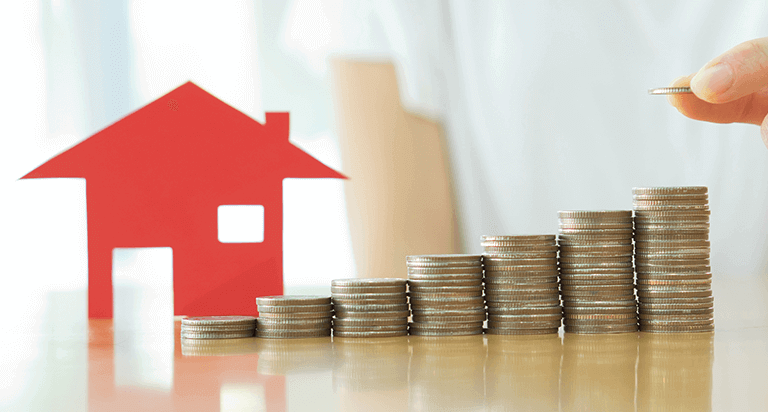Good Debt vs. Bad Debt


Highlights:
- Some types of debt can be advantageous if managed responsibly
- "Bad debt" can be any debt you're unable to repay
- Learn steps you can take to avoid bad debt
Did you know there actually can be such a thing as good debt? Many people mistakenly think all debt is bad, but there are certain types of debt that can be advantageous when it comes to your credit.
So, what is “good debt"?
Speaking generally, debt that you're able to repay responsibly based on the loan agreement can be "good debt," as a favorable payment history (and showing you can responsibly handle a mix of different types of debt) may be reflected in credit scores. In addition, "good" debt can be a loan used to finance something that will offer a good return on the investment. Examples of good debt may include:
Your mortgage. You borrow money to pay for a home in hopes that by the time your mortgage is paid off, your home will be worth more. In some cases, you can deduct the interest on mortgage debt on your taxes. Home equity loans and home equity lines of credit — which are a type of loan in which a borrower uses his or her home as collateral – may also be considered a form of good debt. The interest payments on these are tax-deductible as long as you use the loan for its intended purpose: to buy, build or renovate the home used as collateral.
Student loans can be another example of “good debt.” Some student loans have lower interest rates compared to other loan types, and the interest may also be tax-deductible. You’re financing an education, which can lead to career opportunities and potentially increasing income. However, a student loan becomes a bad debt if the loan is not paid back responsibly or within the terms agreed upon. It can also become burdensome if you have so much student loan debt that it takes years (and more interest payments) to repay.
Auto loans can be good or bad debt. Some auto loans may carry a high interest rate, depending on factors including your credit scores and the type and amount of the loan. However, an auto loan can also be good debt, as owning a car can put you in a better position to get or keep a job, which results in earning potential.
What is “bad debt”?
Simply put, “bad debt” is debt that you are unable to repay. In addition, it could be a debt used to finance something that doesn’t provide a return for the investment. Debt could also be considered "bad" when it negatively impacts credit scores -- when you carry a lot of debt or when you're using much of the credit available to you (a high debt to credit ratio).
Credit cards, particularly cards with a high interest rate, are a typical example. If you can’t pay your credit cards in full every month, interest payments can prolong the debt.
High-interest loans -- which could include payday loans or unsecured personal loans -- can be considered bad debt, as the high interest payments can be difficult for the borrower to pay back, often putting them in a worse financial situation.
What to Do to Avoid Bad Debt
If you’re making a purchase that increases your debt, ask yourself how this purchase will benefit you – not just today, but long term. Is the debt you’ll incur going to provide you a lasting benefit, or is it something that will satisfy an immediate desire that you can’t afford?
It’s also a good idea to have a rainy-day or emergency fund for unexpected expenses, so you won’t have to use credit cards to pay them.
Try to keep your debt to credit ratio (the ratio of how much you owe compared to the total amount of credit available to you) as low as possible to avoid being viewed as a risky borrower by lenders. Focus on paying the debt you have and restrict new purchases.
Lastly, it’s always important to pay your bills on time, every time.

Sign up for a credit monitoring & ID theft protection product today!
For $19.95 per month, you can know where you stand with access to your 3-bureau credit report. Sign up for Equifax CompleteTM Premier today!



